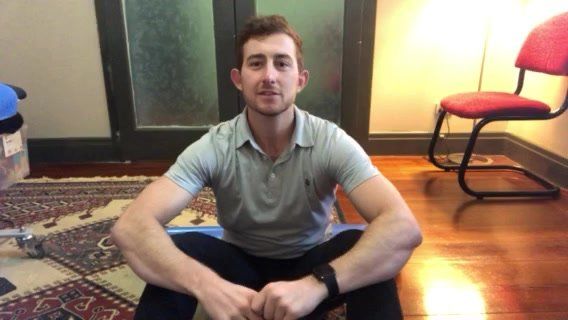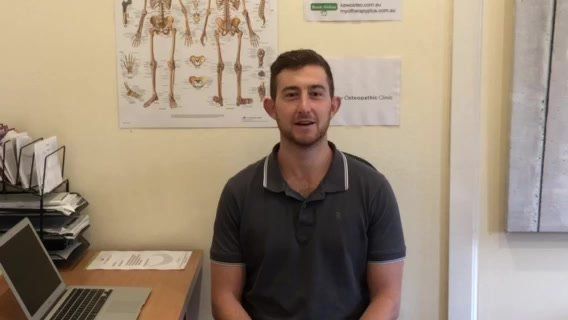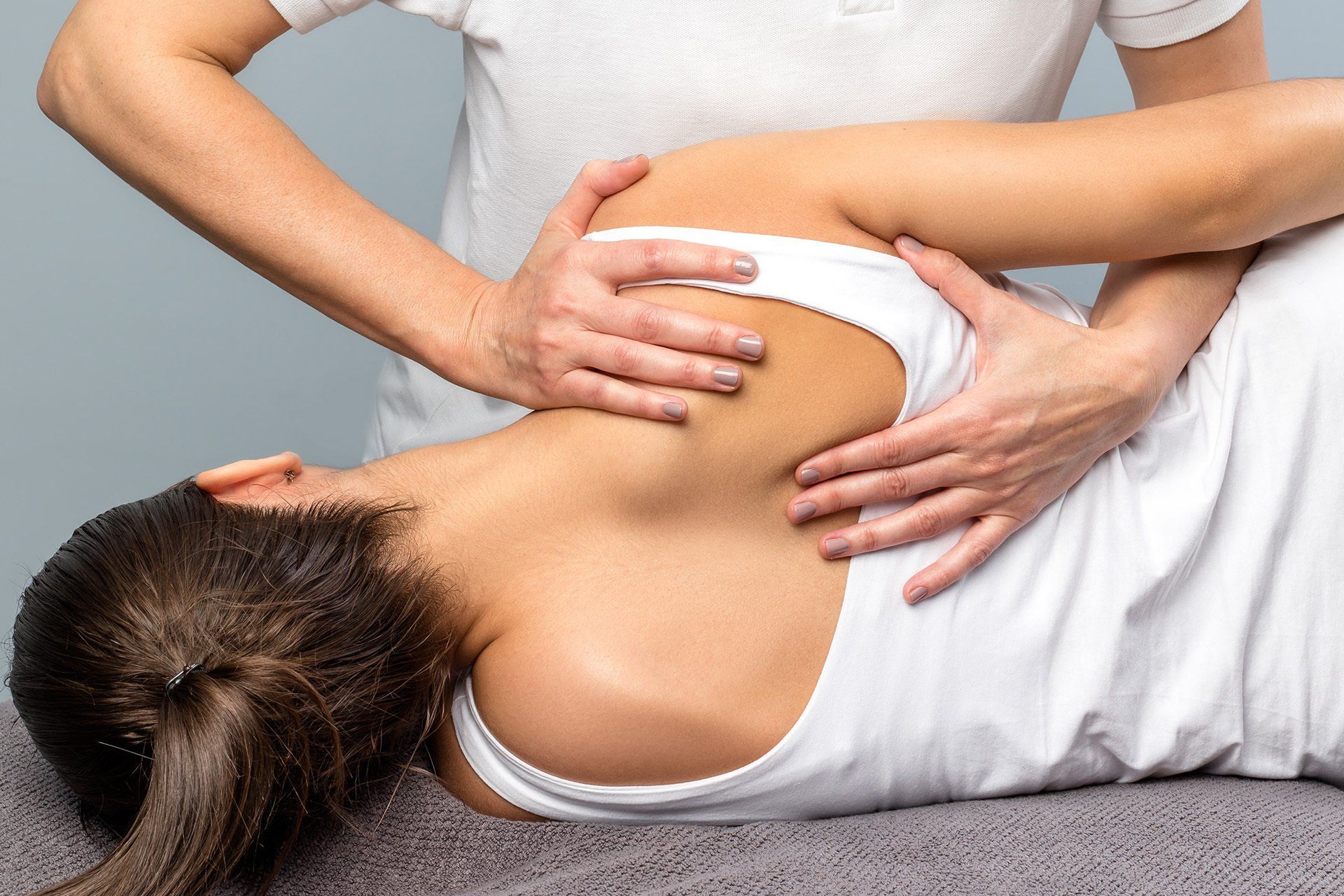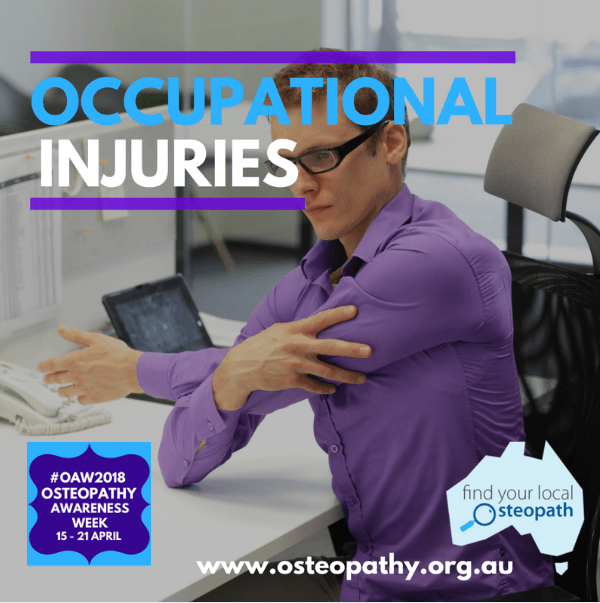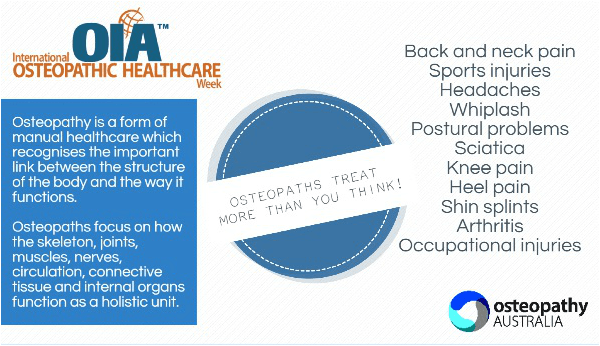News
Our News
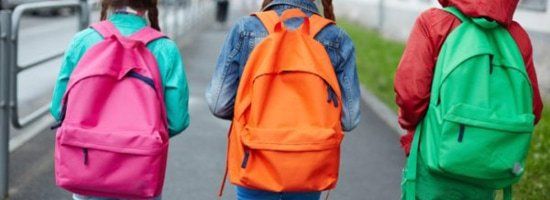
25 Feb, 2017
School bags are an essential aspect of the back-to-school process. Children will carry their bag the whole year, but the right – or wrong – backpack can have a much longer effect on your child’s health. Back pain is common in Australian children, particularly during adolescence. A heavy backpack increases the risk of poor posture and possible injury. What to look for in a backpack. There are so many different styles of school bags available to purchase that it ca [...]
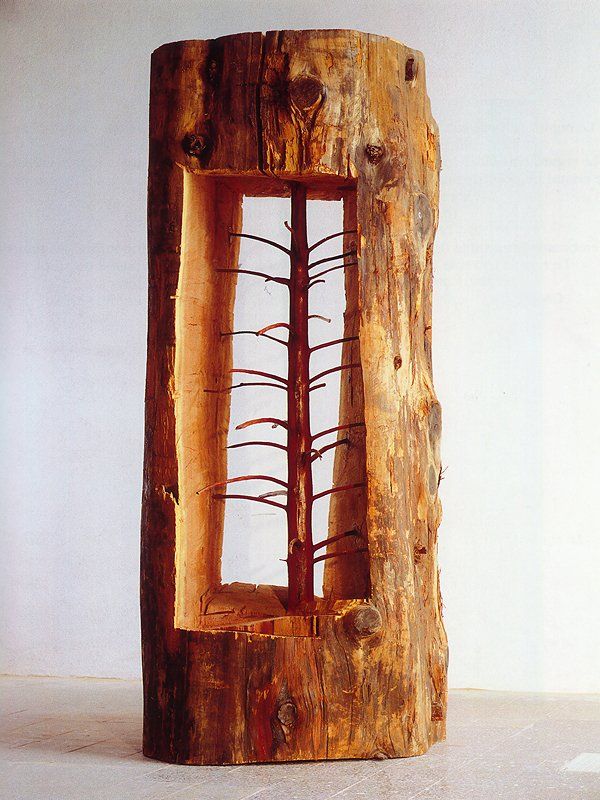
by Dr. Paola Perin
•
28 Jan, 2017
See the original article HERE What is Osteopathy? How does an osteopath think?When I saw this amazing picture of a tree sculpture demonstrating the hidden young sapling uncovered in the mature tree it resonated with me. In the human body, as it is in nature, our bodies grow & evolve over time from the embryo. The link to this perfect form remains, even though it's hidden from view.As an osteopath , this is how we differ from other allied health professionals. We approach [...]
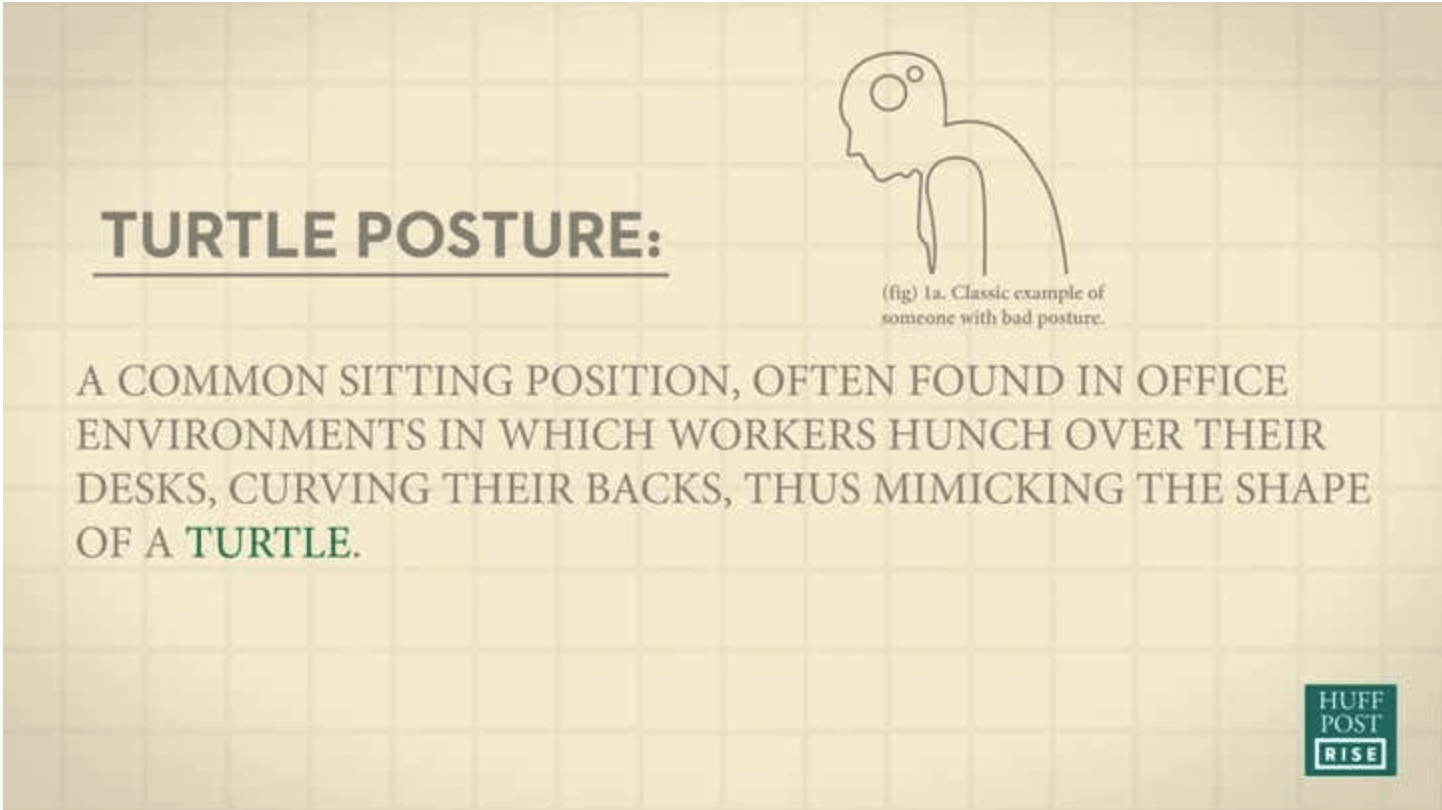
24 Jul, 2016
Not only does sitting at a desk for long periods hurt your neck & back but your breathing & concentration suffers too! Unfortunately with all the tech gadgets these days we're seeing more and more adolescents & children coming into the clinic with the 'shy turtle' posture as well. This is a fun, short video demonstrating just how this occurs.[original article posted on The Huffington Post Australia at http://goo.gl/XRTaLa] [...]

28 Nov, 2015
Gemma Paech, Washington State UniversityWe all suffer from too little sleep from time to time, some more than others. There are many possible reasons, depending on our age, genes and sleep habits; but another possible culprit is using technology before going to sleep.A 2011 survey found nine in ten people use some form of electronics in the hour before bed. This ranges from playing video games and watching television, to using light-emitting e-readers, table [...]
Osteopathic Treatment
Interested in having an osteopathic treatment?
Click the button to go to our Bookings page, or just call us at
03 9857 0599.
Note that referrals from GP's or other Health Care Practitioners are not necessary to make an appointment.
Subscribe to our newsletter!
Contact us
Thank you for subscribing!
Oops, there was an error sending your message. Please try again later.
Opening Hours
- Monday
- -
- Tuesday
- -
- Wednesday
- -
- Thursday
- -
- Friday
- -
- Saturday
- -
- Sunday
- Closed
Locations Serviced
Kew East, Kew, Hawthorn, Camberwell, North Balwyn, Balwyn, Bulleen, Doncaster, Doncaster East, Ivanhoe, East Ivanhoe, Lower Templestowe, Fairfield, Northcote, Richmond, Hawthorn East, Thornbury, Box Hill North, Canterbury, Surrey Hills, Alphington
All Osteopaths at the Kew Osteopathic Clinic are members of Osteopathy Australia
© 2024
All Rights Reserved | Kew Osteopathic Clinic | Privacy Policy

